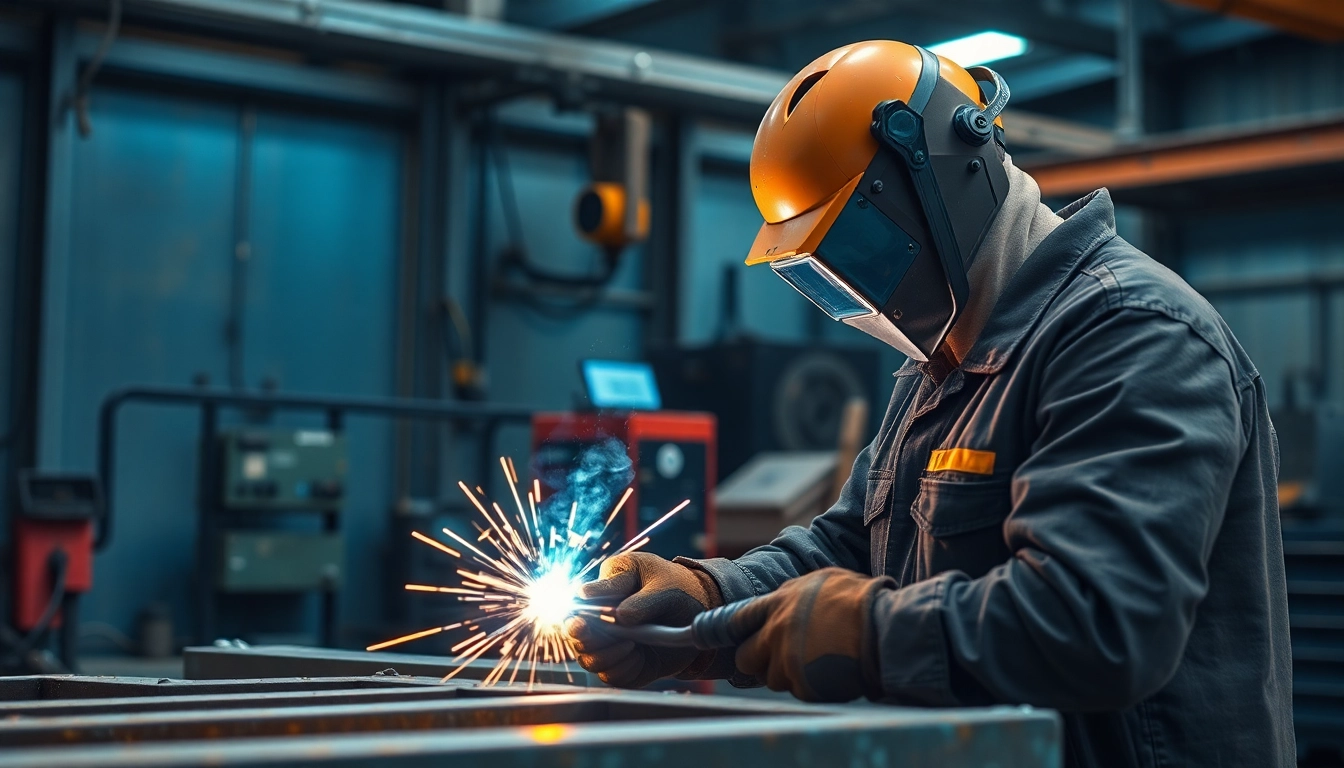Understanding Blow Molding Machines
Blow molding machines have become indispensable in the plastic manufacturing industry. These advanced machines are designed to create hollow plastic parts by inflating a heated parison within a mold. Whether producing bottles, containers, or automotive components, blow molding technology offers both efficiency and versatility in production. For organizations looking to enhance their manufacturing capabilities, understanding the intricacies of blow molding machinery is crucial. Among the various options available, the Blow Molding Machine stands out for its efficiency and robustness.
What is Blow Molding?
Blow molding is a manufacturing process used to produce hollow plastic parts. The process begins with a thermoplastic material that is melted and molded into a parison, a tube-like structure. This parison is then clamped into a mold, where it is expanded to conform to the mold’s shape using air pressure. This process creates uniform, lightweight, and strong hollow items that meet diverse industrial needs. The simplicity and efficiency of this method allow for high production rates, making it a favored choice in various industries.
Types of Blow Molding Processes
Blow molding is categorized into three primary methods:
- Extrusion Blow Molding (EBM): This method involves extruding a continuous tube of molten plastic, which is then inflated into a mold. EBM is commonly used for producing bottles and large containers.
- Injection Blow Molding (IBM): In this process, a preform is first injected into a mold, cooled, and then transferred to another mold where air expands it to the final shape. IBM is typically employed for smaller, more complex parts.
- Injection Stretch Blow Molding (ISBM): ISBM combines injection and stretch methods to create stronger bottles, particularly useful in the beverage industry. The preform is stretched and blown into the mold, resulting in enhanced durability.
Applications of Blow Molding in Industry
Blow molding technology finds applications across multiple industries, including:
- Consumer Goods: Many products like shampoo bottles, detergent containers, and food packaging utilize blow molding for their lightweight and durable properties.
- Automotive: Components such as fuel tanks and interior parts benefit from blow molding due to weight reduction and performance characteristics.
- Medical: Blow molded items like bottles for pharmaceuticals or containers for medical supplies ensure compliance with stringent health regulations.
Key Components of Blow Molding Machines
Understanding the essential components of blow molding machines is critical for optimizing production and maintenance.
Extruder and Heating Systems
The extruder is the heart of any blow molding machine. It melts the plastic pellets and forms them into a parison. The heating system ensures a consistent temperature throughout the material, which is vital for producing quality products. Efficient heating methods not only improve production speed but also lower energy consumption.
Molds and Clamping Systems
Molds define the shape and size of the final product. In addition to mold design, the clamping system plays a crucial role in ensuring the molds stay securely closed during the inflation process. Advanced clamping systems can accommodate higher pressures, thereby enabling the production of more complex shapes.
Control Systems and Automation
Modern blow molding machines incorporate advanced control systems that enhance precision in operations. Automation allows for better monitoring of the process, minimizes human errors, and maximizes throughput. Integration with Industry 4.0 technologies presents opportunities for real-time data analysis, predictive maintenance, and enhanced operational efficiency.
Advantages of Using Blow Molding Machines
The benefits of blow molding technology are extensive, making it a preferred choice for manufacturers embarking on large-scale production.
Cost Efficiency and Production Speed
Blow molding machines are designed for high-volume production, allowing manufacturers to significantly reduce costs per unit. The speed of production also means that businesses can meet market demands more flexibly. High operational efficiencies coupled with reduced material waste further enhance cost effectiveness.
Versatility in Product Range
The flexibility of blow molding allows manufacturers to produce a variety of products, from small bottles to large containers. This versatility caters to diverse industries, ranging from consumer goods to industrial applications. With the capability to utilize different materials and processes, manufacturers can innovate new designs rapidly.
Sustainability Features in Modern Machines
Modern blow molding machines are increasingly designed with sustainability in mind. Many of them incorporate eco-friendly technologies that reduce energy consumption and enable the recycling of scraps. Producers are also focusing on using biodegradable and recyclable plastic materials, reducing their environmental footprints.
Choosing the Right Blow Molding Machine
Selecting the appropriate blow molding machine is crucial for maximizing production efficiency and meeting specific operational needs.
Assessing Production Needs
Manufacturers should begin by evaluating their production requirements, such as the volume of products needed, the types of items to be molded, and the materials involved. Understanding these needs will inform the selection of the right machine type and configuration.
Evaluating Machine Specifications
Specifications such as cycle times, clamping force, and material compatibility significantly influence production outcomes. Manufacturers should closely compare the technical specifications of different models to ensure they meet operational criteria.
Supplier Comparisons and Recommendations
Before making a purchase, it is essential to compare various suppliers based on factors such as machine quality, customer service, warranty options, and availability of technical support. Recommendations from industry peers or operators can also provide valuable insights into the reliability of specific models.
The Future of Blow Molding Technology
As technology advances, the landscape of blow molding continues to evolve, driving improvements in efficiency, product quality, and sustainability.
Innovations in Material Usage
New materials are constantly being developed, including bio-based plastics and composites that enhance performance while minimizing environmental impacts. Innovations enabling the use of recycled materials in blow molding processes are paving the way for sustainable practices.
Advancements in Automation and AI
Integration of Artificial Intelligence (AI) and automation technologies into blow molding machines is enhancing capabilities. Smart monitoring systems can predict maintenance needs, adjust parameters autonomously, and streamline production processes, ensuring higher quality products with reduced downtime.
Market Trends and Predictions
The blow molding market is poised for growth, driven by increasing demand for lightweight packaging, sustainability, and energy-efficient solutions. Industry experts predict continued advancements in processing technologies and materials, which will diversify applications and contribute to the expansion of blow molding in new sectors.



